Blog
Charles Lawrence Persip (July 26, 1929 – August 23, 2020), known as Charli Persip and formerly as Charlie Persip (he changed the spelling of his name to Charli in the late 1960s), was an American jazz drummer.
Born in Morristown, New Jersey, United States, and raised in Newark, New Jersey, Persip attended West Side High School, preferring it over Newark Arts High Schoolbecause he wanted to join the former’s football team. He later studied drums with Al Germansky in Newark. After playing with Tadd Dameron in 1953, he gained recognition as a jazz drummer as he toured and recorded with Dizzy Gillespie’s big and small bands between 1953 and 1958. He then joined Harry “Sweets” Edison’s quintet and later the Harry James Orchestra before forming his own group, the Jazz Statesmen, with Roland Alexander, Freddie Hubbard, and Ron Carter in 1960. Around this time, Persip also recorded with other jazz musicians, including Lee Morgan, Melba Liston, Kenny Dorham, Zoot Sims, Red Garland, Gil Evans, Don Ellis, Eric Dolphy, Rahsaan Roland Kirk, Gene Ammons and the singer Dinah Washington. Persip was also the drummer on the “Eternal Triangle” recording, Sonny Side Up (Verve, 1957), featuring Sonny Rollins and Sonny Stitt. From 1960 to 1973 he toured as a drummer and conductor with Billy Eckstine.
more...“Rondeña” belong to Malaga’s singing group. “Rondeña” existed before flamenco, joining it in the 19th century. Its origin is in “fandango” from Malaga, more specifically in ” bandolás”. Some authors suggest that this name comes from the nightly rounds. Other authors believe that it comes from the city of Ronda, as “rodeña” was originated in the homonymous mountains.
“Rondeña” has greatly extended through Andalusia during the 19th century. “Rondeña” singing has evolved in recent times with with a decrease in melismatic ornamentation. Its composition ad libitum (without “compas”). Lyrics are related to countryside life. Its structure is a couplet of four eight-syllable verses, usually consonant rhyme. They normally turn into five by repetition of the second one, but also without repetition. Dance displays a rhythm of wild abandon. Others have used the rhythm of the “taranto“, which has many similarities but, being rondeña, more open and evocative.
Among its higher representers we can find: Miguel Borrul senior and Ramón Montoya, the first one to ennoble the genre. In the 20th century, we can highlight singers as “Fosforito”, Antonio de Canillas, Alfredo Arrevola, Juan de la Loma, Jacinto Almaden “EL Gallina”, Antonio Ranchal, Enrique Orozco, Candido de Malaga and Jose Menese. At the guitar, Manolo Sanlúcar.
more...These cosmic clouds have blossomed 1,300 light-years away in the fertile starfields of the constellation Cepheus. Called the Iris Nebula, NGC 7023 is not the only nebula to evoke the imagery of flowers. Still, this deep telescopic image shows off the Iris Nebula’s range of colors and symmetries embedded in surrounding fields of interstellar dust. Within the Iris itself, dusty nebular material surrounds a hot, young star. The dominant color of the brighter reflection nebula is blue, characteristic of dust grains reflecting starlight. Central filaments of the reflection nebula glow with a faint reddish photoluminescence as some dust grains effectively convert the star’s invisible ultraviolet radiation to visible red light. Infrared observations indicate that this nebula contains complex carbon molecules known as PAHs. The dusty blue petals of the Iris Nebula span about six light-years.
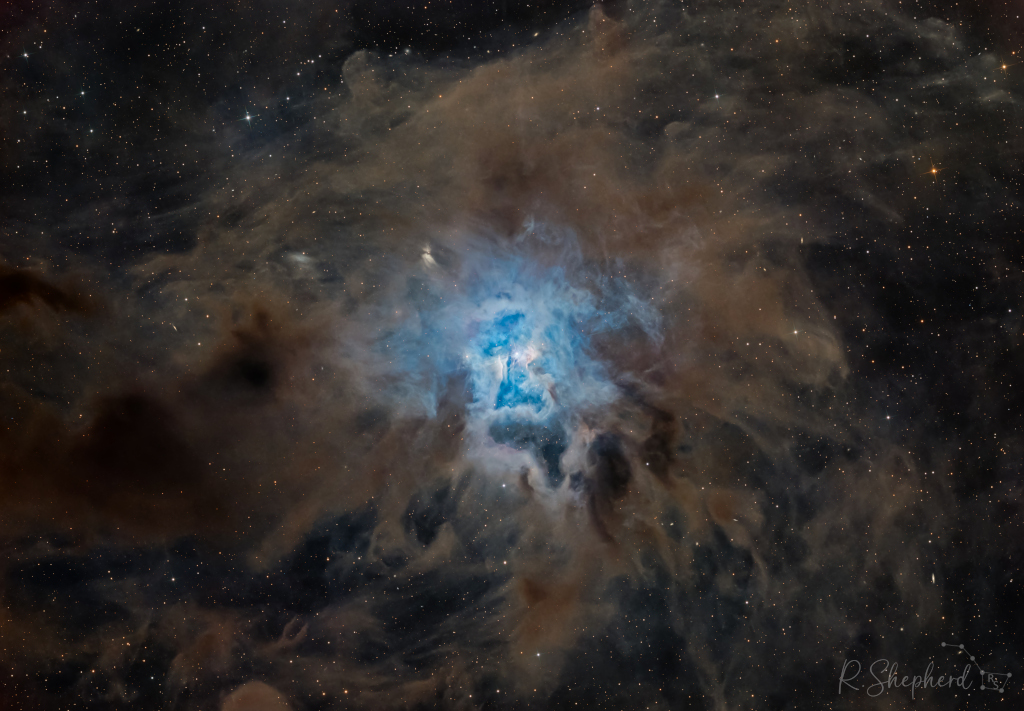
more...
Steven Benjamin Goodman (July 25, 1948 – September 20, 1984) was an American folk and country singer-songwriter from Chicago. He wrote the song “City of New Orleans“, which was recorded by Arlo Guthrie and many others including John Denver, The Highwaymen, and Judy Collins; in 1985, it afforded Goodman the Grammy songwriter award for best country song, as performed by Willie Nelson. Goodman co-wrote “You Never Even Called Me by My Name“, which became the best-selling song of country musician David Allen Coe. Goodman had a small but dedicated group of fans for his albums and concerts during his lifetime. His most frequently sung song, “Go Cubs Go“, is about the Chicago Cubs. Goodman died of leukemia in September 1984.
more...Alfarita Constantia “Rita” Marley OJ OD (née Anderson; born 25 July 1946) is a Cuban-born Jamaican singer-songwriter and entrepreneur. She is the widow of reggaelegend Bob Marley. Along with Marcia Griffiths and Judy Mowatt, Rita was a member of the reggae vocal group the I Threes, the backing vocalists for Bob Marley and the Wailers.
Rita Marley was born in Santiago de Cuba, to Leroy Anderson and Cynthia “Beda” Jarrett. Her parents moved to Kingston, Jamaica, when she was three months old. In her memoir, No Woman No Cry: My Life with Bob Marley, Rita describes how she was raised by her Aunt Viola after her parents separated. She was raised in Trenchtown in Kingston, Jamaica.
more...Semmangudi Radhakrishna Srinivasa Iyer (25 July 1908 – 31 October 2003) was an Indian Carnatic vocalist. He was the youngest recipient of the Sangeetha Kalanidhiawarded by the Music Academy in 1947, a distinction he holds to this day as of 2023, probably the only musician to receive that honour before reaching 40. He had received many other awards as well, including Padma Bhushan and Padma Vibhushan from the Government of India, Rajyasevanirata title from Travancore’s erstwhile ruling family,Sangeet Natak Academy award (1953), Isai Perarignar from Government of Tamil Naduand Kalidas Samman from Government of Madhya Pradesh. He was affectionately addressed as “Semmangudi Maama” (Semmangudi Uncle) by his disciples. He was also considered the “Pitamaha” or the grand sire of modern Carnatic Music. He was conferred with an honorary doctorate by University of Kerala in 1979.
more...Donald Johnson Ellis (July 25, 1934 – December 17, 1978) was an American jazz trumpeter, drummer, composer, and bandleader. He is best known for his extensive musical experimentation, particularly in the area of time signatures. Later in his life he worked as a film composer, contributing a score to 1971’s The French Connection and 1973’s The Seven-Ups.
Ellis was born in Los Angeles, California, on July 25, 1934. His father was a Methodist minister and his mother a church organist. He attended West High School in Minneapolis, MN. After attending a Tommy Dorsey Big Band concert, he first became interested in jazz. Other early inspirations were Louis Armstrong and Dizzy Gillespie. He graduated from Boston University in 1956 with a music composition degree.
more...Cornelius “Johnny” Hodges (July 25, 1907 – May 11, 1970 Cambridge, MA) was an American alto saxophonist, best known for solo work with Duke Ellington‘s big band. He played lead alto in the saxophone section for many years. Hodges was also featured on soprano saxophone, but refused to play soprano after 1946. Along with Benny Carter, Hodges is considered to be one of the definitive alto saxophone players of the big band era.
After beginning his career as a teenager in Boston, Hodges began to travel to New York and played with Lloyd Scott, Sidney Bechet, Luckey Roberts and Chick Webb. When Ellington wanted to expand his band in 1928, Ellington’s clarinet player Barney Bigardrecommended Hodges. His playing became one of the identifying voices of the Ellington orchestra. From 1951 to 1955, Hodges left the Duke to lead his own band, but returned shortly before Ellington’s triumphant return to prominence – the orchestra’s performance at the 1956 Newport Jazz Festival.
more...The Olympics are a phenomenal role model for our tumultuously troubled world. With all of the wars, gun violence, racism, white supremacy, drug overdoses, suicides, sexism, political deception and overall disrespect. The Olympics give us an opportunity to put all cultures on a level playing field striving for equality, dignity and a love of humanity. Let this years celebrations propel us to a peaceful and caring World of Freedom and Opportunity!
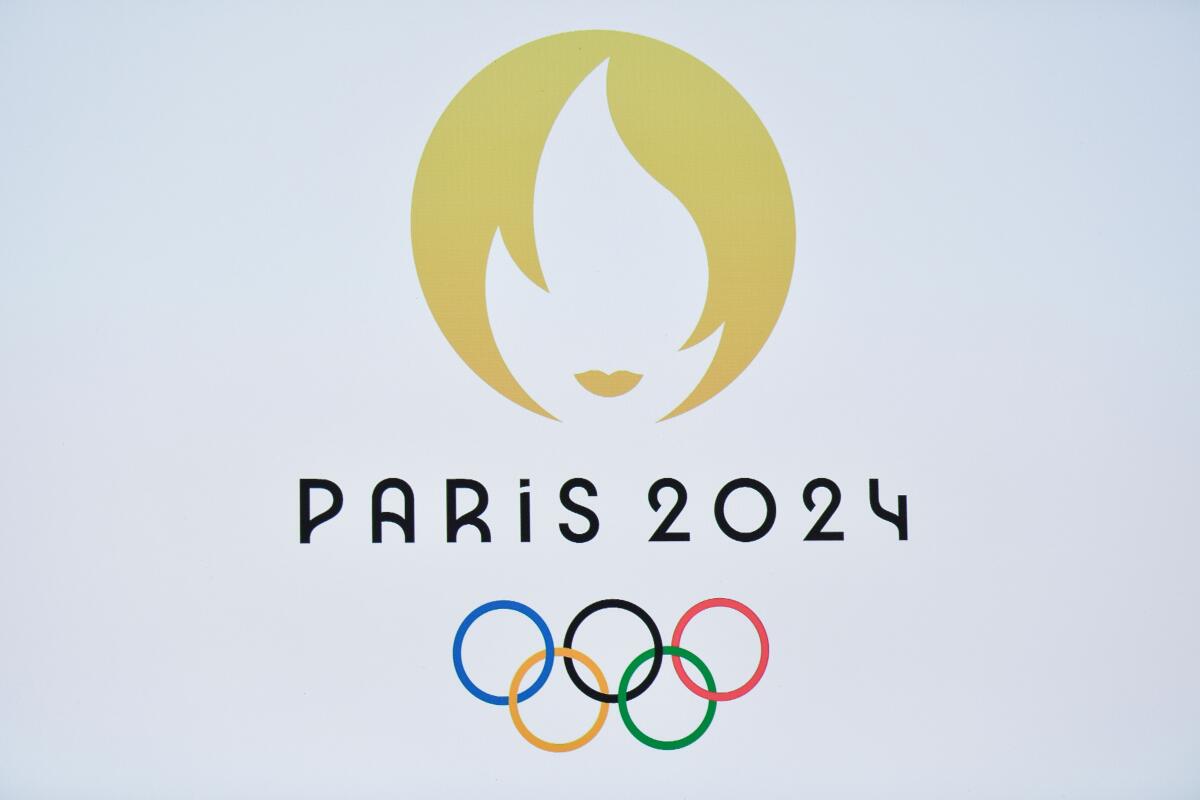
This image by NASA’s James Webb Space Telescope’s Near-Infrared Camera (NIRCam) features the central region of the Chamaeleon I dark molecular cloud, which resides 630 light years away. The cold, wispy cloud material (blue, center) is illuminated in the infrared by the glow of the young, outflowing protostar Ced 110 IRS 4 (orange, upper left). The light from numerous background stars, seen as orange dots behind the cloud, can be used to detect ices in the cloud, which absorb the starlight passing through them.
An international team of astronomers has reported the discovery of diverse ices in the darkest regions of a cold molecular cloud measured to date by studying this region. This result allows astronomers to examine the simple icy molecules that will be incorporated into future exoplanets, while opening a new window on the origin of more complex molecules that are the first step in the creation of the building blocks of life.
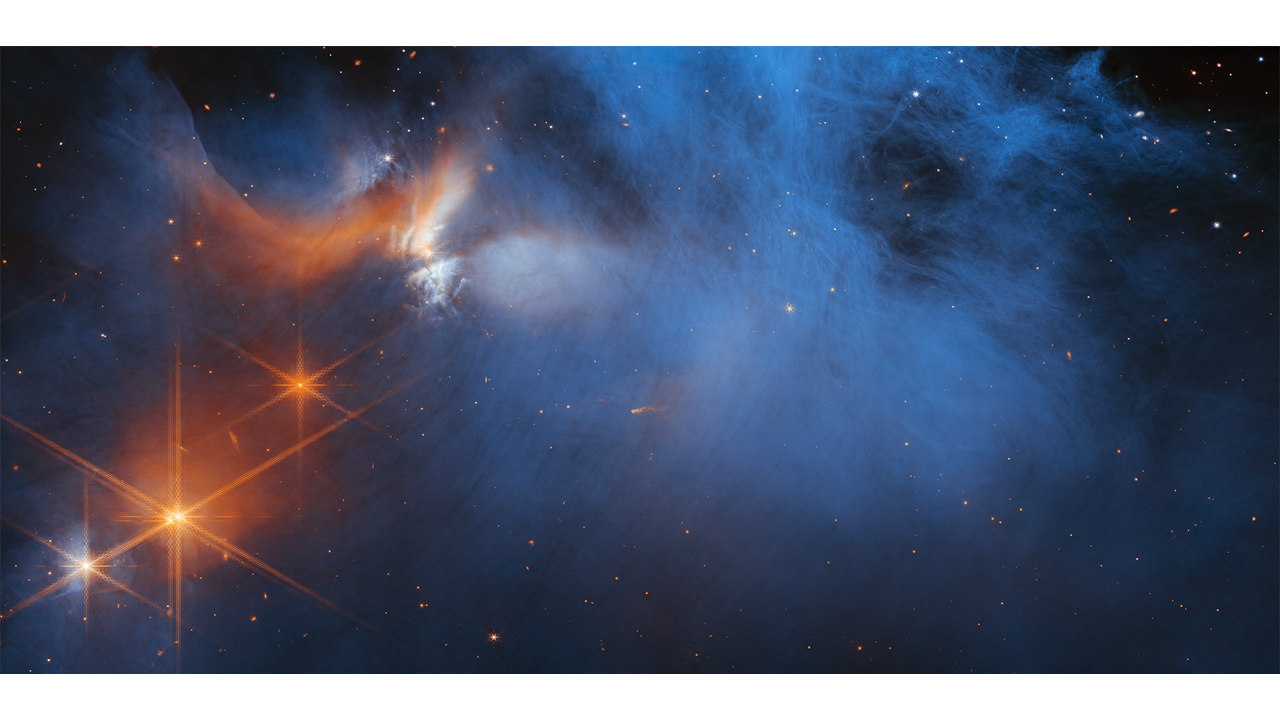
Charles McPherson (born July 24, 1939) is an American jazz alto saxophonist born in Joplin, Missouri, United States, and raised in Detroit, Michigan, who worked intermittently with Charles Mingus from 1960 to 1974, and as a performer leading his own groups.
McPherson also was commissioned to help record ensemble renditions of pieces from Charlie Parker, on the 1988 soundtrack for the film Bird.
In 2020, the JazzTimes magazine readers’ poll named McPherson Artist of the Year, and also selected his album Jazz Dance Suites as Best New Release.
more...Billy Taylor (July 24, 1921 – December 28, 2010 Greenville, NC) was an American jazz pianist, composer, broadcaster and educator. He was the Robert L. Jones Distinguished Professor of Music at East Carolina University in Greenville, and from 1994 was the artistic director for jazz at the John F. Kennedy Center for the Performing Arts in Washington, D.C.
A jazz activist, Taylor sat on the Honorary Founders Board of The Jazz Foundation of America, an organisation he founded in 1989, with Ann Ruckert, Herb Storfer and Phoebe Jacobs, to save the homes and the lives of America’s elderly jazz and blues musicians, later including musicians who survived Hurricane Katrina.
Taylor was a jazz educator, who lectured in colleges, served on panels and travelled worldwide as a jazz ambassador. Critic Leonard Feather once said, “It is almost indisputable that Dr. Billy Taylor is the world’s foremost spokesman for jazz.
more...
John Mayall, legendary blues guitarist and founder of John Mayall & the Bluesbreakers, died on Monday at the age of 90, Vanity Fair reports.
Born in Macclesfield, England in 1933, Mayall taught himself to play the piano, guitars and harmonica as a kid. After graduating from the Manchester College of Art, he maintained a side hustle playing with local musicians. In 1963, he founded the Bluesbreakers with drummer Peter Ward, bassist John McVie (who would later join Fleetwood Mac) and guitarist Bernie Watson. Together they helped bring the sound of American Delta blues — artists like Muddy Waters, John Lee Hooker and Elmore James — to English venues and audiences. In 1965, Eric Clapton, who’d quit the Yardbirds, joined the lineup. “The blues fitted in with the early ’60s, the social way of life at the time,” Mayall explained to The Guardian in 2014. “Things were changing anyway – in fashion, art, political views. … It happened here, rather than in America, because at the time, the scene in America was racially segregated – over there, never the twain would meet. In Europe, however – not just England – the Black blues began to be heard by an audience that was not listening to them in America. We discovered Elmore James, Freddie King, JB Lenoir, and they spoke to our feelings, our life stories and that was it. Hooked.”
more...
Carey Frank “Carei” Thomas (* July 23, 1938 in Pittsburgh; † May 28, 2020 in Minneapolis) was an American jazz musician (piano, composition, also vocals) who was active in a six-decade career as a jazz pianist, composer, educator, and organizer of art exhibitions in Minneapolis.
Thomas spent his teenage and early adult years in Chicago, where he met one of his idols, the bandleader and pianist Sun Ra. There he founded a doo-wop group and worked with the Association for the Advancement of Creative Musicians. After serving two years overseas in the US Army, Thomas moved to Minneapolis in 1972 to study music education and therapy at the University of Minnesota. He was involved in many organizations in the Twin Cities in the years that followed, serving as music director for the Interact Center for Visual and Performing Arts and as a music educator at the West Bank School of Music and St. Paul’s High School for Recording Arts. In 1993, he was diagnosed with Guillain-Barré syndrome, and invented new ways to play the piano. The nerve disorder required years of physical therapy and limited his finger movements.
Thomas was known for developing experimental and genre-bending pieces of music under his own name and with groups and collectives such as Zeitgeist, The Elders, and the Neighborhood Ensemble. He also pioneered musical concepts such as controlled improvisation and sound generation. In 2000, Thomas recorded the album Minding Our Bid’ness with his Feel Free Ensemble at the Bryant-Lake Bowl Theater in Minneapolis, which featured saxophonist George Cartwright, among others. On it he played his own compositions such as “Tippy/One Ahead (For All Victims of Violence)” and “Invention #1: Way North of the Order (Dedicated to Paul Bley and Ornette Coleman)”. In 2003 he participated in an album by the formation Fat Kid Wednesdays; around 2005 he released his last album under his own name, Sound Window(s), which was released on Innove Records.[4] In 2011 he published “Compositions and Concepts” with notes and stories behind his pieces from 1959. Thomas died in late May 2020 when complications of hypertrophic cardiomyopathy occurred after a fall, leading to heart failure.
Jazz singer José James, who performed with Thomas’ many Twin Cities ensembles and was his student, called him “a brilliant pianist, composer and mentor to a generation of artists”. 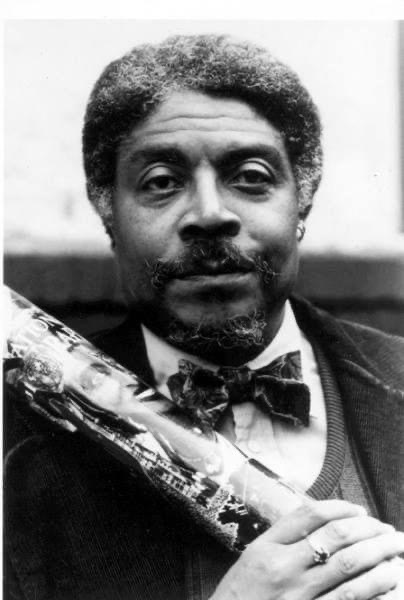
A city-sized magnetized neutron star spinning around 30 times a second. Known as the Crab Pulsar, it is the bright spot in the center of the gaseous swirl at the nebula’s core. About 10 light-years across, the spectacular picture of the Crab Nebula (M1) frames a swirling central disk and complex filaments of surrounding and expanding glowing gas. The picture combines visible light from the Hubble Space Telescope in red and blue with X-ray light from the Chandra X-ray Observatory shown in white, and diffuse X-ray emission detected by Imaging X-ray Polarimetry Explorer (IXPE) in diffuse purple. The central pulsar powers the Crab Nebula‘s emission and expansion by slightly slowing its spin rate, which drives out a wind of energetic electrons. The featured image released today, the 25th Anniversary of the launch of NASA’s flagship-class X-ray Observatory: Chandra.
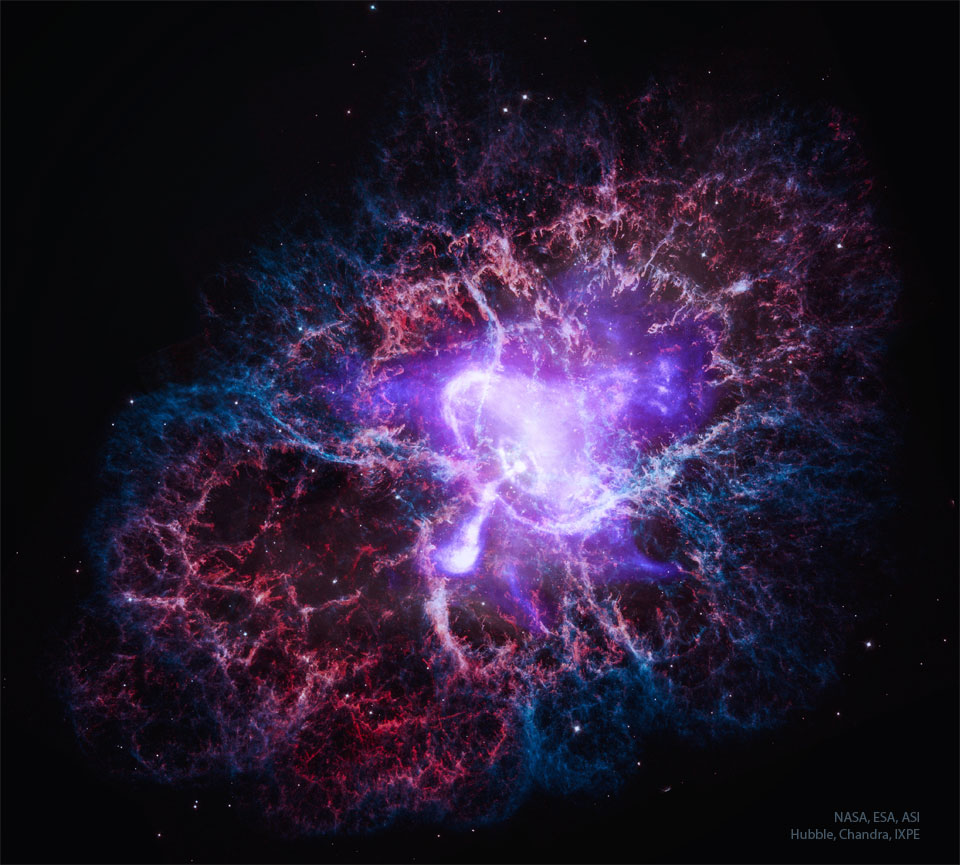
More Posts
- Philly Joe Jones Day
- Sadik Hakim Day
- World Music with Abdelslam Alikane Souiri et Songhoy Blues
- Daily Roots with Lee Perry
- DRUM JAM 7-14-18
- The Cosmos with SDSS J0333+0651
- Angelique Kidjo Day
- Henry “Rubberlegs” Williams Day
- World Music with Noe hernandez cantarell
- Daily Roots with Barry Brown
- The Cosmos with NGC 3627
- Albert Ayler Day
- Pete Escovedo Day
- World Music with Paco de Lucia
- Daily Roots with Michael Rose
- The Cosmos with RCW38
- Big John Patton Day
- Paul Gonsalves Day
- World Music with Martá Sebestyén
- Daily Roots with Prince Buster